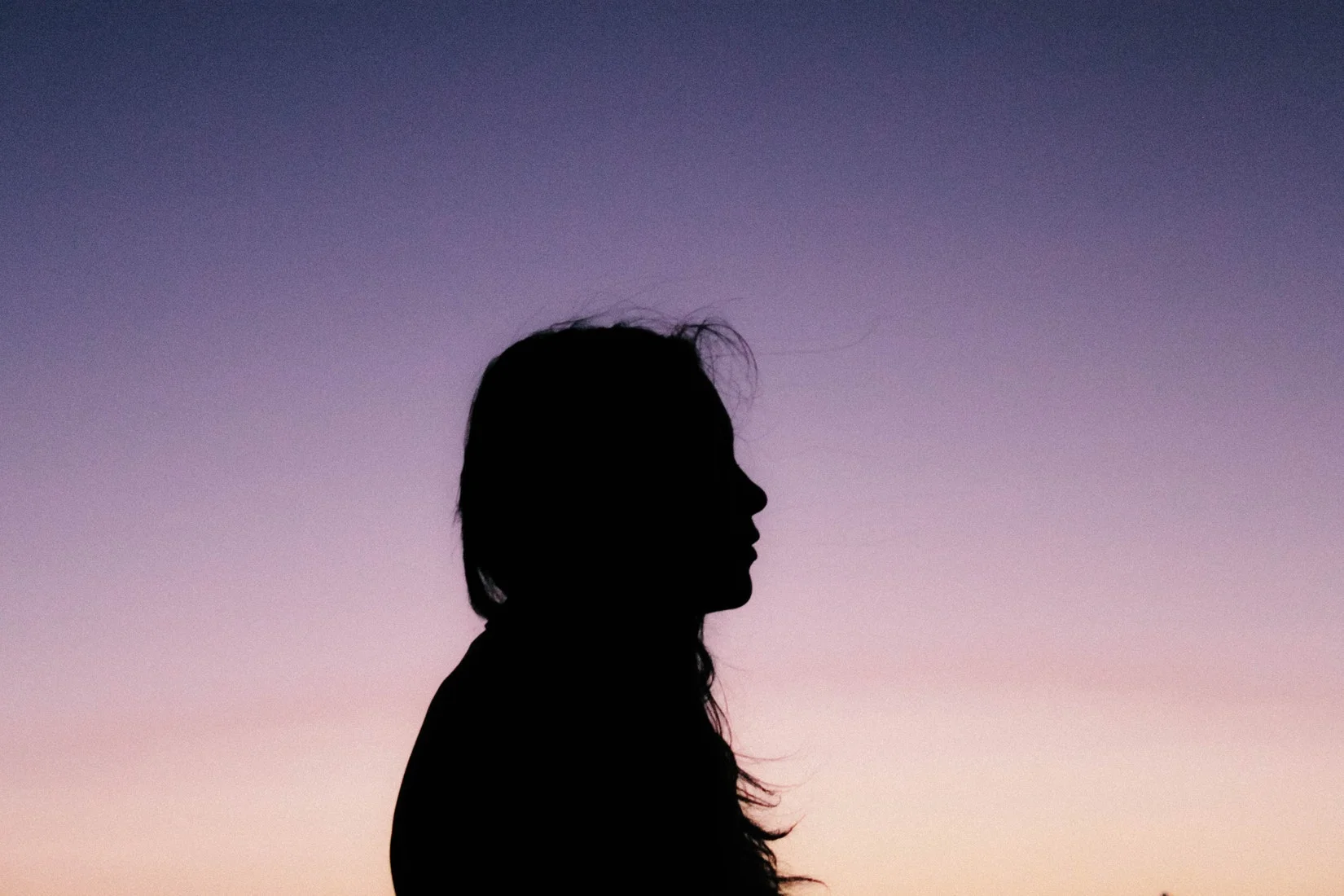6 Perfectly Natural Things That Society Tries To Tell You Is Wrong About Your Body
In a world obsessed with perfection, there are so many aspects about our bodies that we’re encouraged to believe are bad for us. These are the same things that lead people to poor self-esteem, damaging dieting cycles and worse. The reality, though? Absolutely none of what society tries to tell you is wrong about the way you look, is right. None of it. It does, however, offer an opportunity for media outlets to sell magazines, for fitness brands to sell workout regimens, and for diet companies to sell ‘miracle’ plans. Do you see the pattern here? Yeah, I thought so. So here’s a rundown of some of the most common bad (although not bad at all) things that society tries to make you feel shitty about.
1. Cellulite
‘Like a swift migrating fish, the word cellulite has suddenly crossed the Atlantic.’ Those were the words written in Vogue’s April 1968 issue, making them the first English-language publication to write about cellulite. Of course, like most things written in Vogue, it was quickly absorbed by its female readers and products promising to get of cellulite swarmed the beauty market, and like many other things, it gave women yet another reason to hate their bodies. Going back to the very origin of cellulite, it was first coined in 1873 in the Dictionnaire de Médecine’s 12th edition, by two scientists - Émile Littré and Charles-Philippe Robin. The original definition served as a general term applied to tissues or cells that were either inflamed or infected, and was closely related to cellulitis - a term that we still hear today. During the booming beauty industry in early 20th century France, cellulite’s true meaning lost its way and found itself an emerging buzzword. The February 1933 issue of Votre Beauté was the first mainstream publication to feature cellulite within its pages - written by a Dr Debec, it was described as ‘water, residues, toxins, fat, which form a mixture, against which one is badly armed.’ A bit of a stretch from its original medical definition, right? At the time, French women were feeling liberated, they were making their own money, their hair was short and their hemlines were often shorter. So what did the patriarchy do? Find a way to make those women spend their money. Spas began offering ‘treatments’ such as ‘beauty rubbers’ for the ‘condition’. Fast forward to New York City, the seventies, and a woman called Nicole Ronsard. She opened a salon offering treatments to rid women of their cellulite, wrote a book about it, and like all up and coming beauty trends do, they appeared - shocker - back in the pages of Vogue. Since then, cellulite has been widely seen as a flaw on women’s bodies, despite nearly 98% of women having it, and it being a totally normal thing to have. Having been viewed as a part of feminine beauty (just look at the Three Graces), the cellulite we’re told to hate is nothing but a fraudulent moneymaker.
2. Stretch marks
Considering how much we’re told to hate on them, the majority of us have stretch marks on at least one part of our body. Our bodies are made in a way that for every action, there is a reaction. Stretch marks, tiger stripes, whatever you want to call them, are merely your skin’s reaction to things such as growth, puberty, weight gain, pregnancy, even medication and genetics. Ever since I can remember, it was encouraged to reduce the appearance of stretch marks, as their initial reddy-purple colouring were seen as something that ruined your body. So why do we get them? Well, when your skin is stretched past it’s regular pulling capabilities, the collagen and elastin fibres within it - naturally occurring proteins which allow your skin to grow and stretch normally - start to break down and your skin has trouble to respond to the changes that your body is making. As a result, your skin then tears and scars, creating the patterns so many of us are used to seeing across our thighs, hips, tummies, breasts and beyond. Whilst they’re more common amongst women than men, all genders can have them, and they’re a perfectly natural part of growing and living.
3. Scars
Yet another totally normal thing to see on a human body, but thanks to the ridiculous beauty standards that we face, many people with scars feel the need to try and hide them, or spend heaps of money on lotions and potions to get rid of scarring. Some of us have small scars from doing something stupid as a child, some of us have large scars from life saving surgeries, and some of us have all sorts in between. But regardless, once again, like stretch marks, they’re your body’s way of trying to protect you. Scars appear when the dermis (that’s the deepest, thickest layer of your skin) is broken or damaged. Your body then creates new collagen fibres to repair that damage. Then, as the collagen works to fix your skin, it creates a scar, leaving a newer, different texture and skin quality in its place. Scars have been popularised in films and so on as a common key physical attribute amongst villains or unliked characters, setting an unfair and prejudiced beauty standard amongst those who live with scars. Surveys have indicated that facial scars are often deemed as attractive - but mainly only amongst men. Once again, women’s bodies are held to a different, higher (and more unattainable) standard to that of their male counterparts, and is one of the many things that show how messed up society’s whole ‘beauty ideal’ really is. Scars are merely visible indications of healing, and completely normal.
via FoxADHD/Tumblr
4. Belly rolls
They’re one of the first features of a celebrity’s body that’s marked with a big red circle on the covers of body shaming tabloids. Regardless of whether it’s a size 2 or a size 20, belly rolls have consistently been deemed as an unattractive feature by the media and is undoubtedly stemmed from fatphobia. We’re brainwashed with so many images of perfectly flat tums, that we seem to forget that they’re completely damn normal. Look back through thousands of years of art and sculpture and see how even the most beautiful works of art featured bodies in all kinds of positions, belly rolls included. (If you’re not convinced, just Google ‘Crouching Venus’.) So fat stomach, flat stomach, whatever kind of stomach you have, belly rolls happen merely as your abdominal fat changes the way it’s distributed, whether you’re stood up (where it would appear flatter) or sat/bent down. Likewise, when it comes to bigger bodies - i.e. one with a higher body (or abdominal) fat percentage - the rolls follow the same form, just bigger, and the fat distributes itself accordingly, not necessarily just when you’re bent over or sat down. So basically, belly rolls are totally normal, and all bodies have them.
5. Acne
I don’t think I’m the only one that thought that, once you’d passed puberty, your skin would clear up and be magically spotless, no pun intended. (I also had the same thought about greasy hair, but that’s for another day.) Alas, here I am, mid-twenties and actually dealing with more blackheads, breakouts, and general skin issues than I did throughout my entire teenage years. And yet, here we are living a world where acne is seen as disgusting and we’re made to feel like we’re the only person in the world that experiences it. Since starting this list, I’ve realised that a number of the things that society tries to tell us are gross about our bodies, are actually just different reactions that our skin has to whatever’s going on in our lives at the time. We’re so used to seeing airbrushed, perfectly flawless skin in magazines and social media that it’s easy for us to start hating on our own lovely faces when it comes to even the tiniest zit. Skin conditions across the board aren’t represented anywhere near enough in the mainstream. If they were, there wouldn’t be so many people in the world unhappy with what they see when they look in the mirror. Acne is caused by blocked hair follicles on the skin, which can be caused by our sebaceous glands - which is situated near the skin’s surface - producing too much sebum (an oil-like substance) and essentially combining with dead skin cells to clog the follicle. From there, based on whether the follicle is open or close to the skin, it becomes what we’d know as either a whitehead or a blackhead. The most common trigger of acne is hormones - something that we all experience - and the varying levels within our body ultimately create the changes in sebum production and therefore leave us with breakouts over our body, primarily our face. There’s a tonne of myths surrounding acne that can bring shame to those dealing with acne (for example, blaming acne on dirty skin or poor hygiene - not true, by the way), when really, it’s something that’s a completely regular occurrence for most folks.
6. Body hair
It’s true, the human body can offer some pretty useless elements (think appendix, or wisdom teeth), but despite the bombardment of hair removal advertising and messaging we see, your body hair ain’t one of ‘em. Our bodies are covered in around five million (yes, million) hair follicles and plays a really important role in the day to day goings-on within our body, and that’s regulating our body temperature. When it’s cold outside, our hair stands up in order to trap more heat near the body. It’s what we would know as goosebumps, and happens when small muscles around the hair follicle in order to make the hair lift and stand to attention. Scientists aren’t exactly sure why specific parts of the body have hair that grows much longer than other places (the hair on our head, eyebrows, and eyelashes are known as terminal hair, whilst the hair on our arms, legs, etc, is known as vellus hair), but there certainly is a use for it. Our hair additionally offers cooling properties, as we can sweat to cool ourselves down via our hair follicles, and once again the rate at which is grows is based on our hormones. However, for women, body hair is looked at as redundant and unattractive by the mainstream, hence why women are conditioned from a young age to want their leg/underarm/pubic hair gone. Smooth, silky, hairless skin is considered the norm thanks to decades of beauty standards instilled by what men find attractive, although it’s entirely up to you how and if you choose to remove your body hair, and where from. And for those of you who worry about your body hair: don’t. Everyone has it - sure, some more than others - but it’s 100% normal, and it’s your choice what you do with it.









